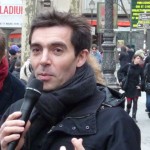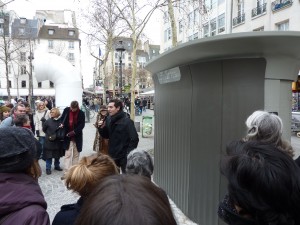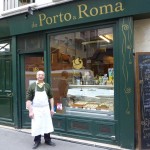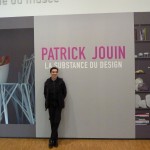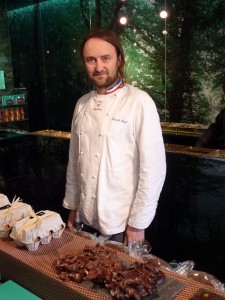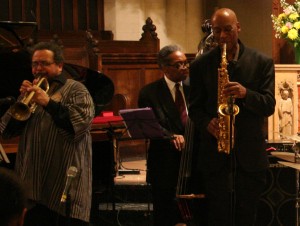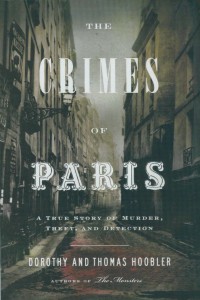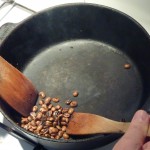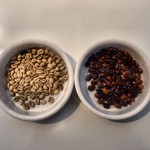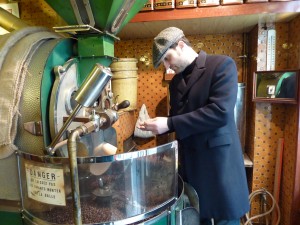During the promenade with Patrick Jouin, he presented his ideas about how his designs for street furniture fit in with the Parisian scene: “Because Paris is unique, we should create street furnishings in its image…There should not be a striking contrast.” For the Velib’ bicycle project, Mr. Jouin created bicycle attachment points to resemble blades of grass bending in the wind. The information and payment terminal has a form round and supple, like that of the trunk of a tree. Angles have been suppressed, and the result is a bicycle station that is pleasing to the eye.
His plant-inspired motifs are based upon a style of art and architecture called Art Nouveau that was popular in Paris (and in other cities) around the turn of the 20th century, particularly the style that was developed by Hector Guimard for the entrances of the metro stations.

